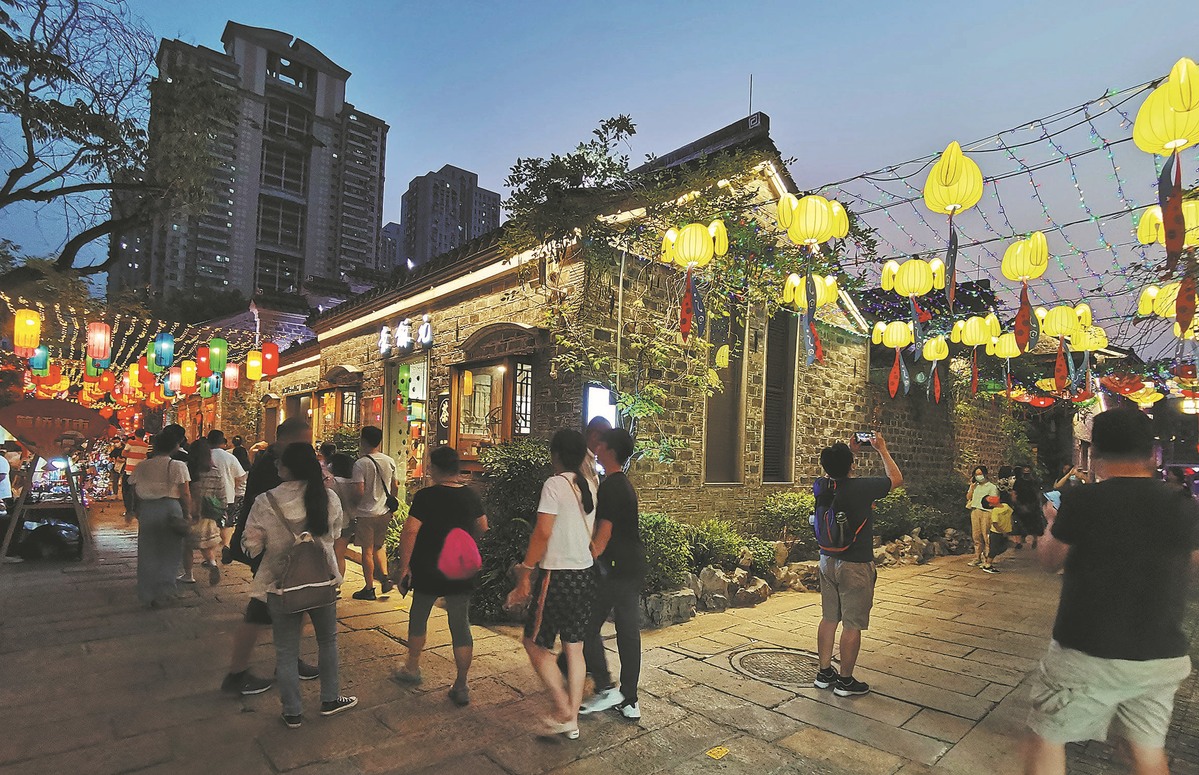

"In the post-pandemic era, areas where people live are being paid attention to again," Jin said.
As new technologies erode the idea of proximity, the sense of belonging to a community has also dwindled, he said. City walks help people refocus on what is within proximity of them, and provide residents with a reminder of their urban surroundings.
Residents' "mental maps" of their city can also be reshaped during city walks, Jin said. Awareness of physical surroundings and the nuances of daily life are sharpened by taking walks.
"By observing other people's lives, we gain insight into our own lives, which at least enables us to establish a stronger sense of connection and helps us find a sense of purpose in bustling urban cities," he said.
However, Jin was uncertain about the long-term commercial success of city walks. While the cost of a trip under 100 yuan ($14) is "not that expensive", the walk planners must have a deep understanding of the city.
"The return on investment is difficult to quantify, and the sustainability of city walks as an emerging industry is uncertain," he said.
However, Jin added that, "by understanding and caring about buildings and places that exist in a city", residents can "experience something new and touch the fabric of a city".
xinwen@chinadaily.com.cn